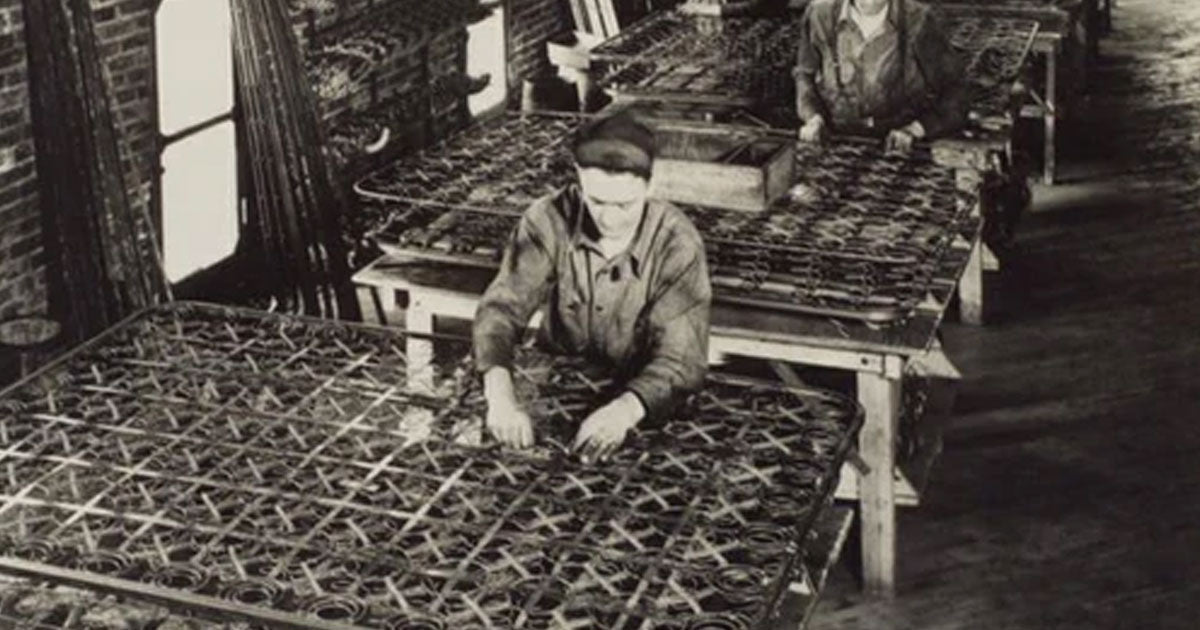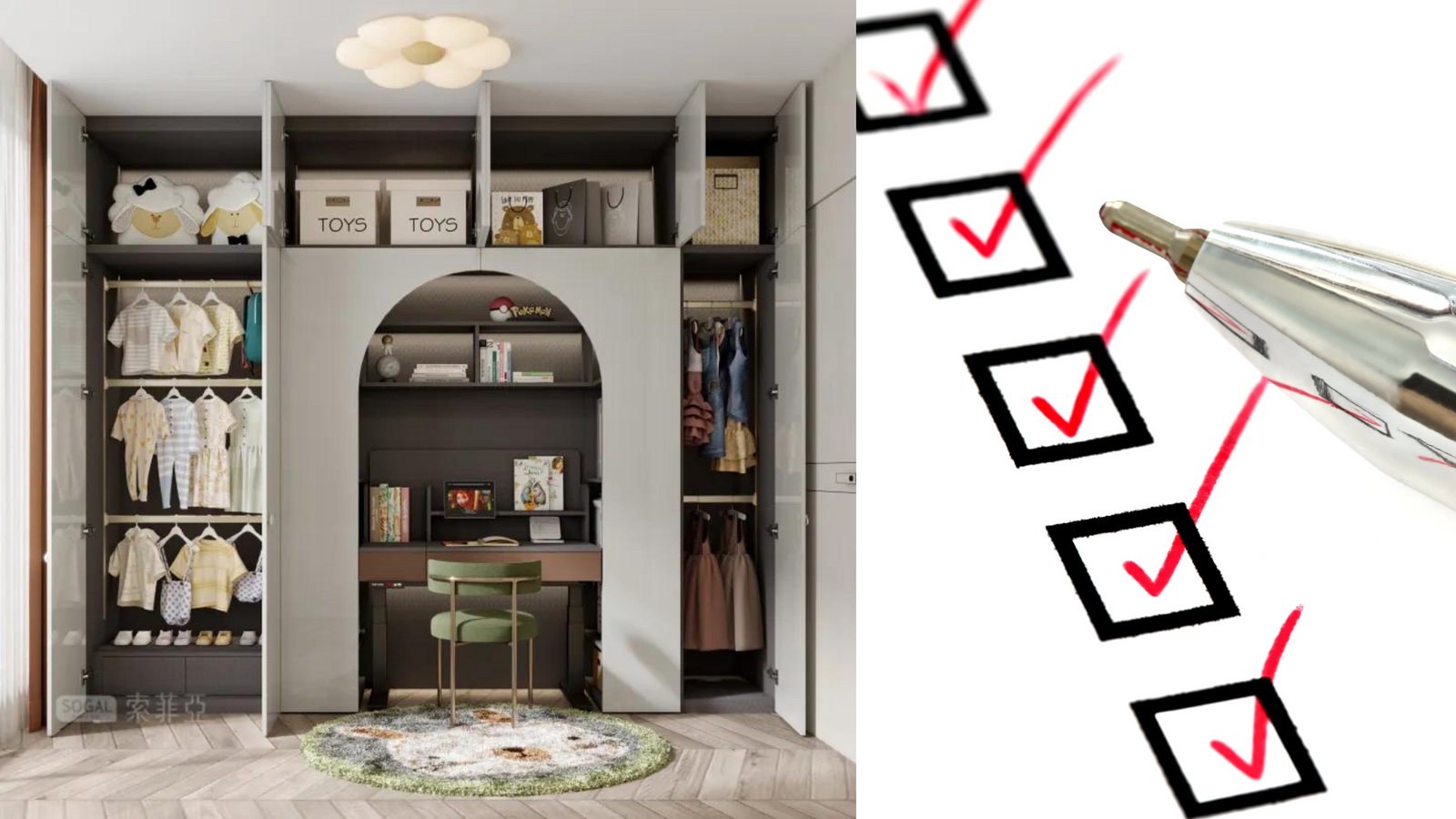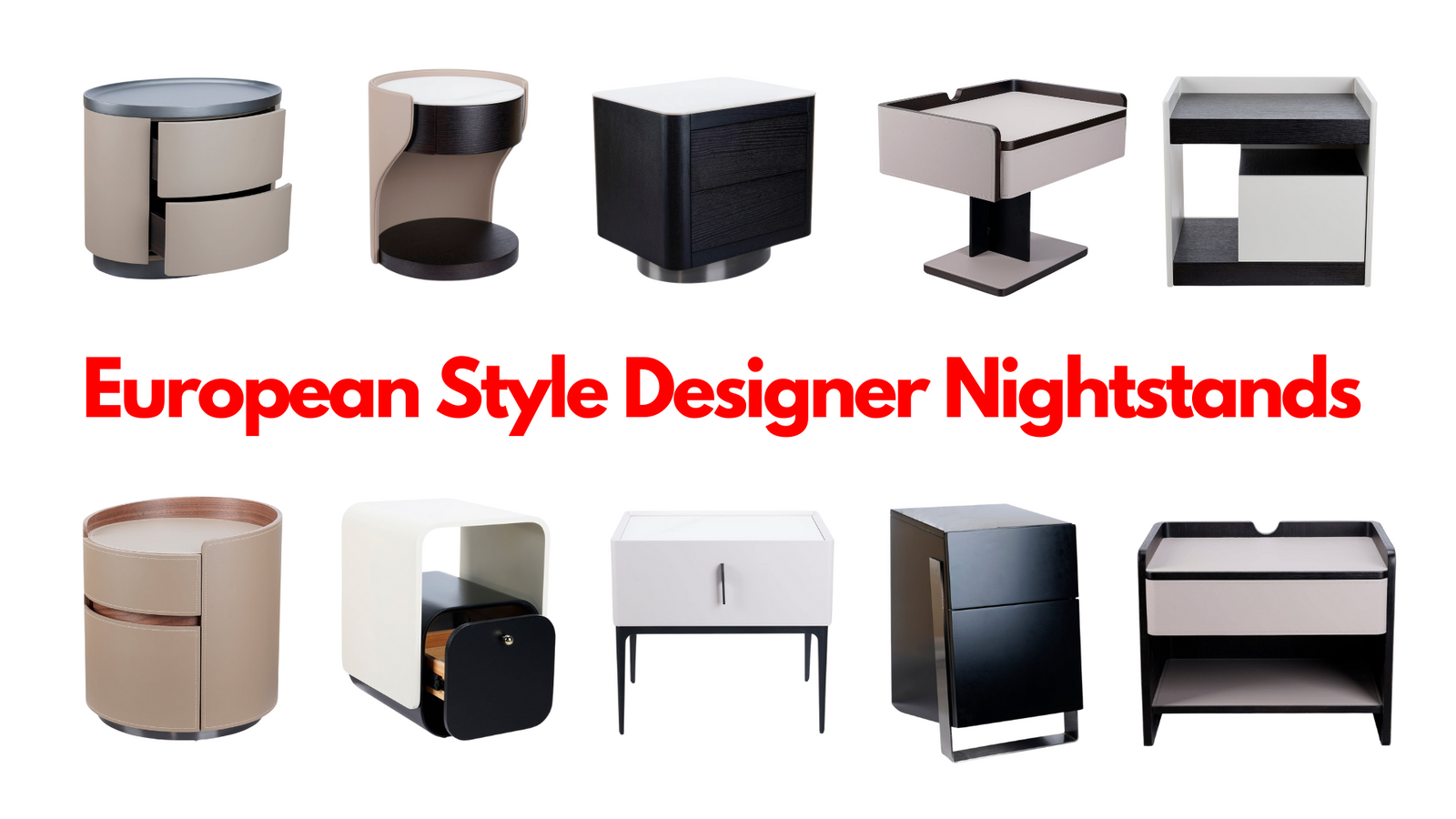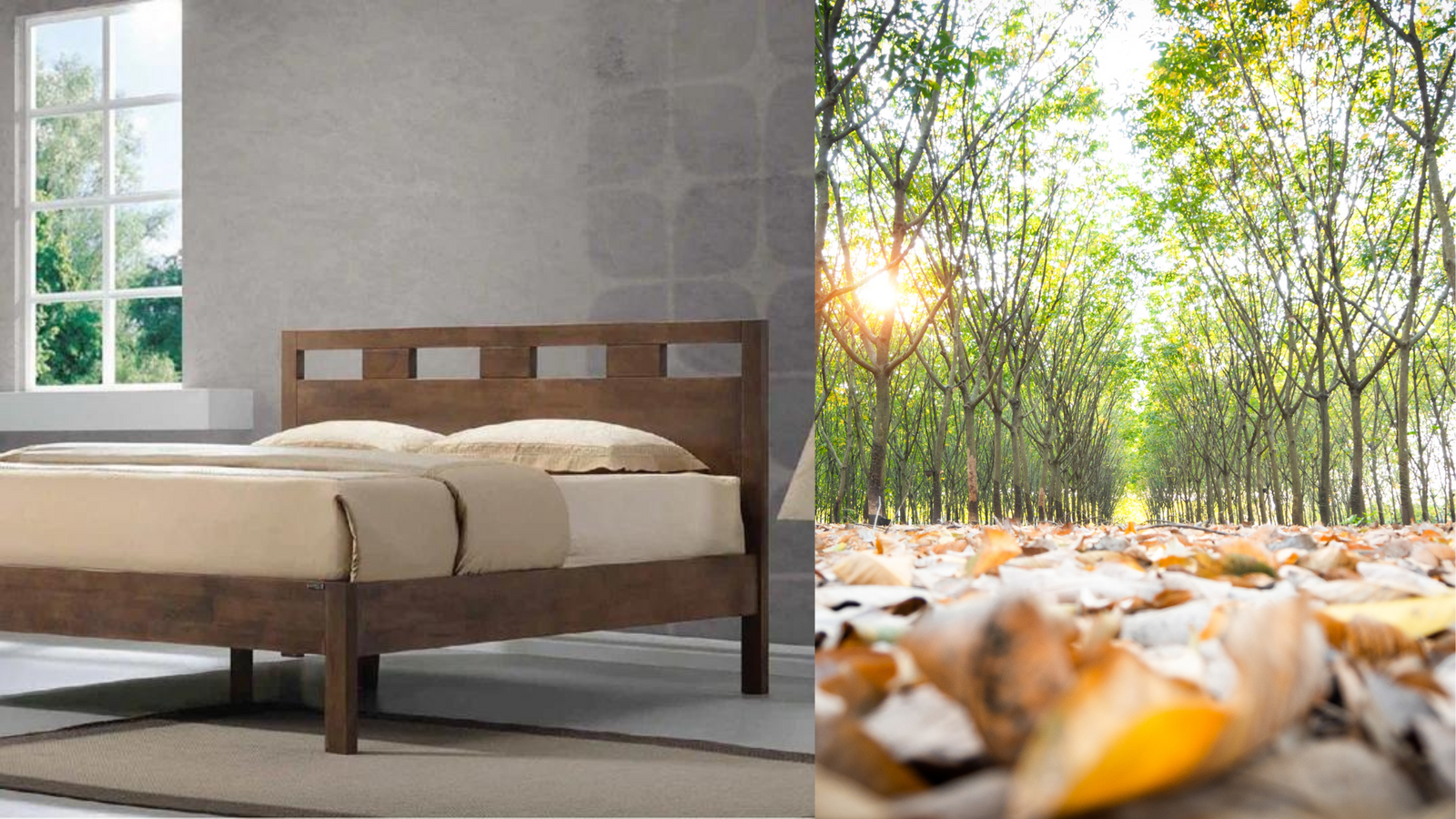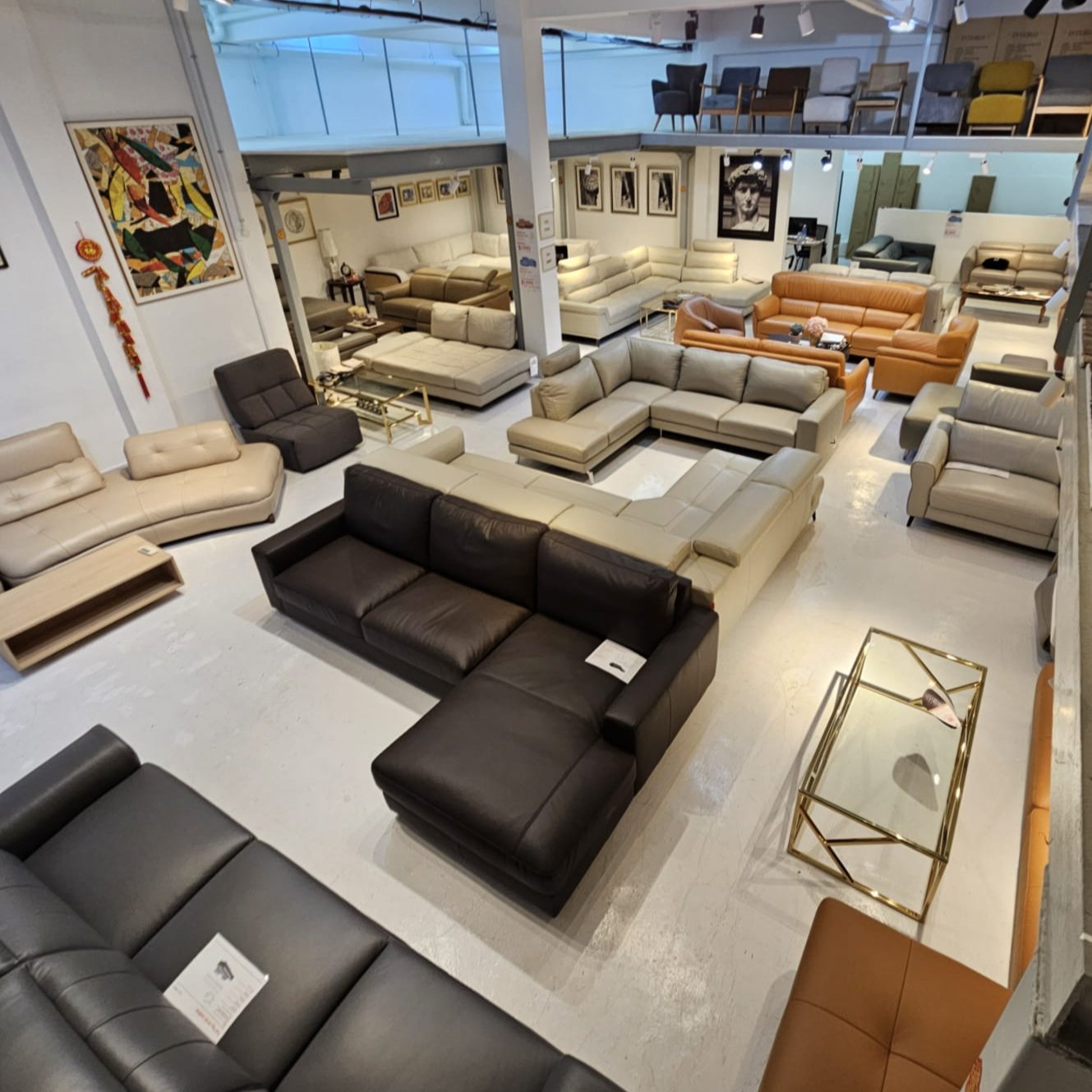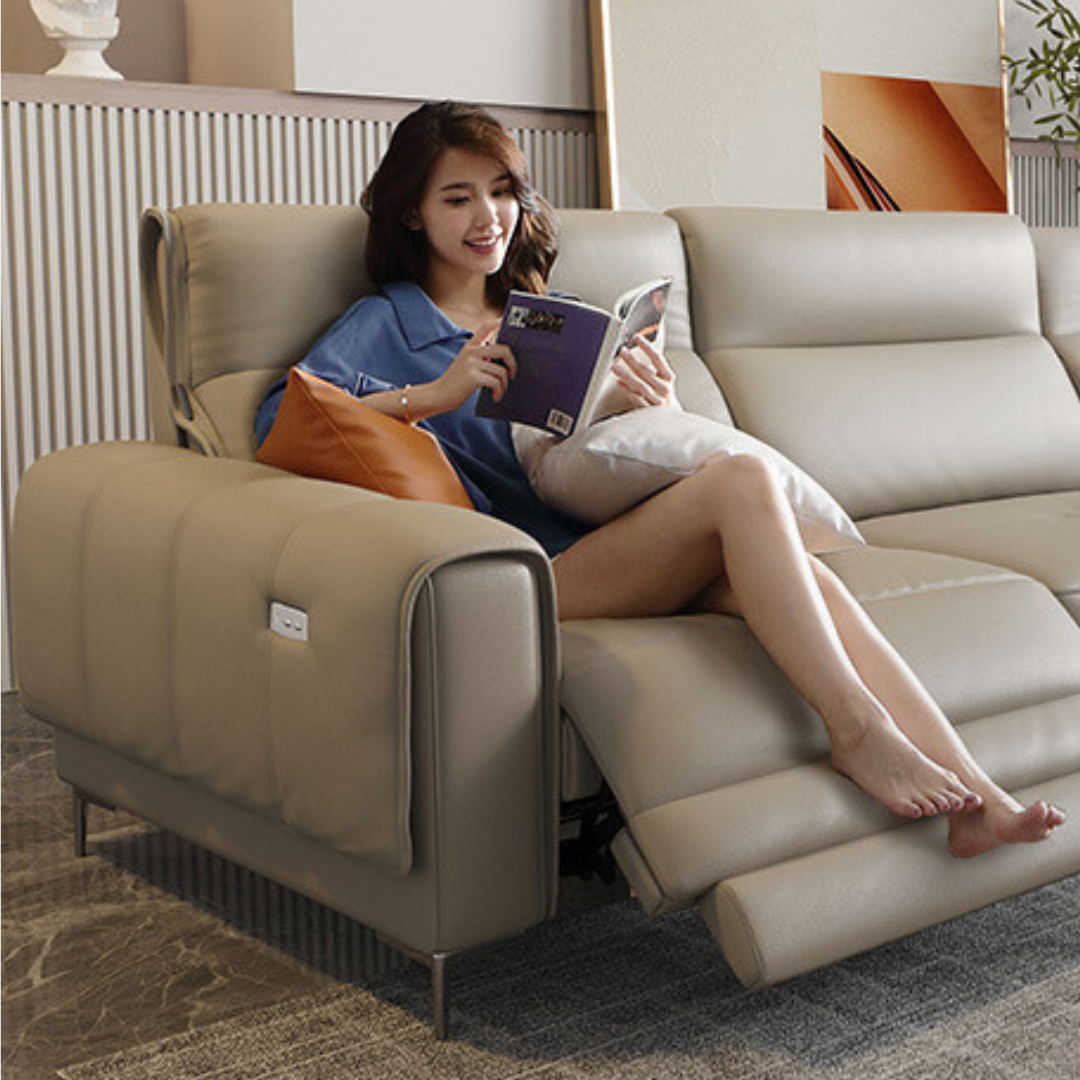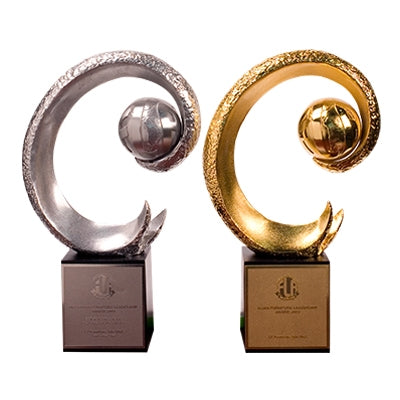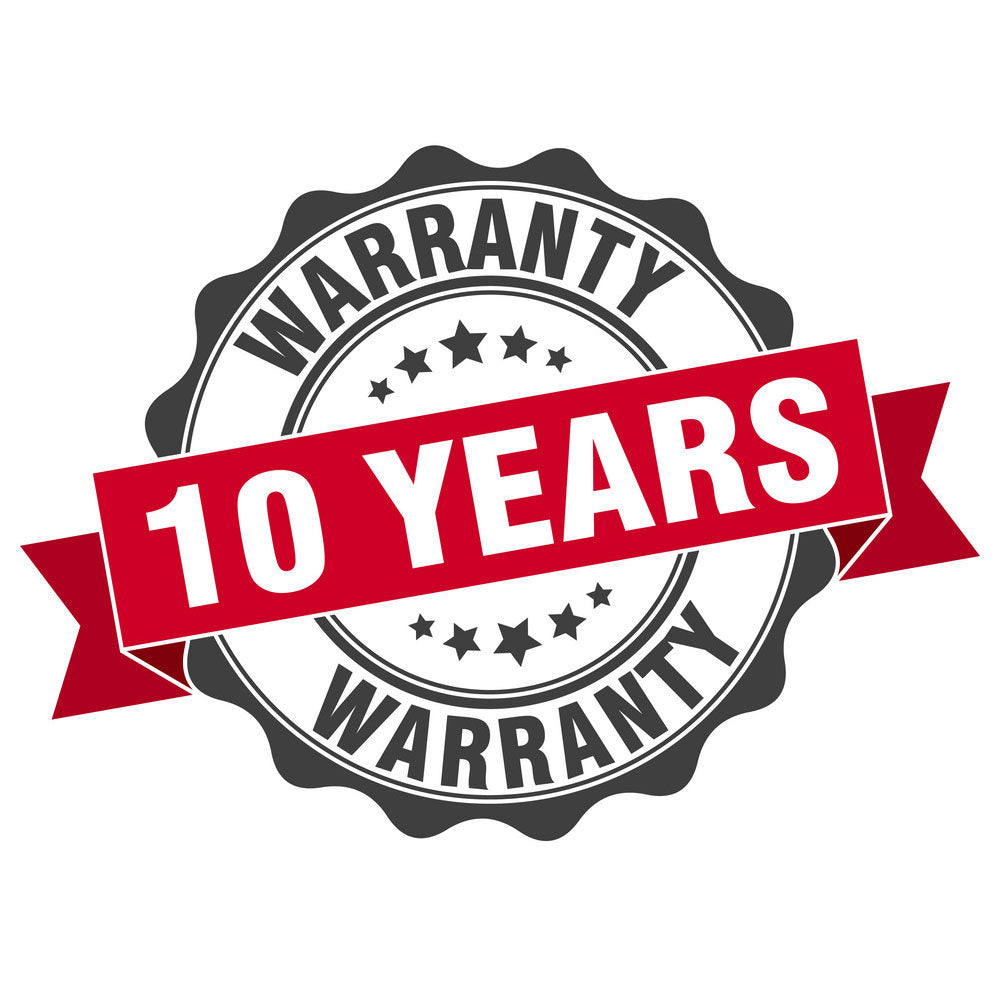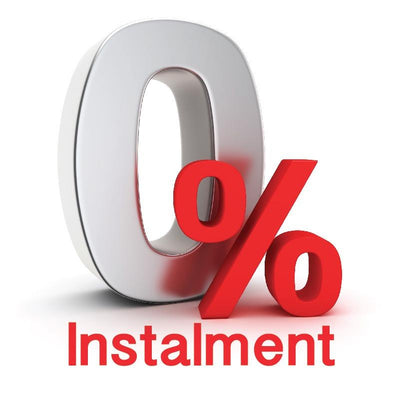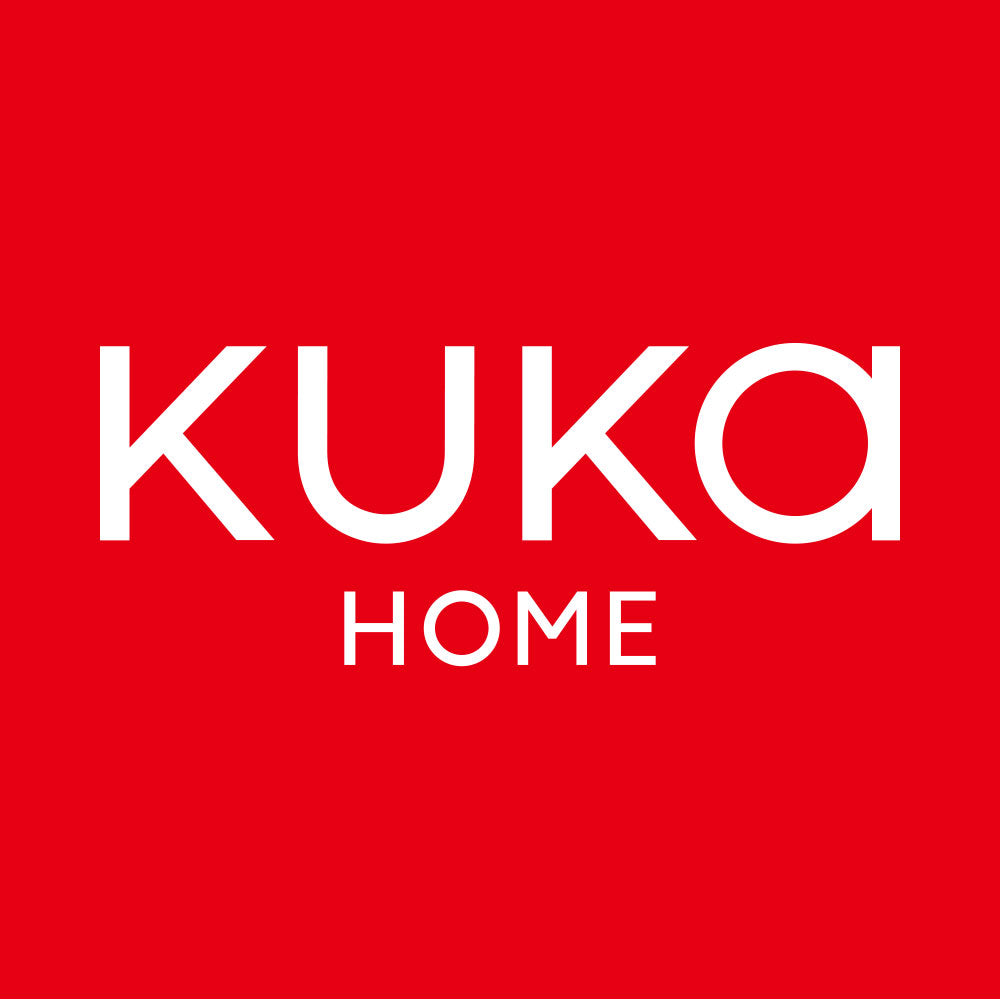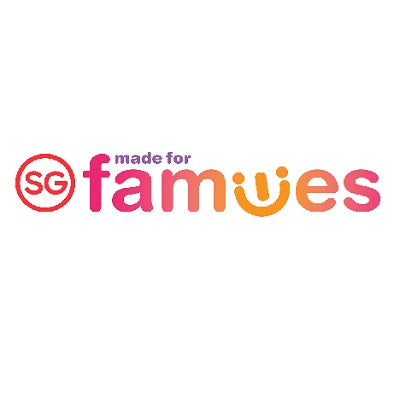In the first half of the 20th century, a typical mattress sold in North America had an innerspring core and cotton batting or fiberfill. Modern mattresses usually contain either an inner spring core or materials such as latex, viscoelastic or other flexible polyurethane foams. Other fill components include insulator pads over the coils that prevent the bed's upholstery layers from cupping down into the innerspring, as well as polyester fiberfill in the bed's top upholstery layers. In 1899 James Marshall introduced the first individually wrapped pocketed spring coil mattress now commonly known as Marshall coils. That is how old pocketed spring mattresses are.
Things have not changed much since for the base spring structure. The next big change was foam technology. This made spring mattresses more comfortable. Memory foam and high density foam came about in the late 70s.
So now you know spring mattresses technology is now very dated. There has been no significant new material technology change or discovery. What has changed is that in the later half of the 20th century is advertising technology. TV changed the way mattresses were being sold. Branding psychology became incredibly important. Soon after in the 21st century the internet has replaced the TV as the medium for advertising. Mattress technology has however basically remained constant.
High end branding and TV have allowed the mattress makers to improve the markup of the mattress by several folds. This high markup continues to exist especially in Asia. In the US the markup for mattresses are coming down very quickly. The internet has made the marketplace more transparent. The average price of a Sealy mattress is under $2000/- in the US. Many models are even under a thousand. The typical Sealy mattress sold in Singapore is significantly more expensive.
The Actual Cost of a Mattress
The manufacturing cost of a proper innerspring mattress in China or Malaysia cost $150 to $400. The $400 factory cost is for a very premium mattress that will sell for about $3000 to $6000. At the lower end a $150 factory cost mattress will retail for $1000 to $1500. But in order to get at these prices you have order by the hundreds at least. A manufacturer told us that any spring mattress costing more than $400 is not going improve comfort or longevity.Factory to Warehouse transportation cost is also very costly especially for uncompressed mattresses. Cost range for $8 to $50 per mattress.
Warehouse to the Home transportation cost is a another large cost. This ranges from $20 to $150. Large uncompressed king mattresses are nearly impossible to deliver for new apartment developments.
Showroom cost consume between 15% to 30% of a retailer's revenue. The cost usually exceeds the cost of goods. However showrooms are a necessity for a feel and touch product such as a mattress. Especially high-end ones.
Advertising costs range from 5% to 15% of a retailer's revenue. Advertising for mattresses are expensive even on digital. Google Adword keywords advertising costs are escalating very rapidly.
Salesman commissions and salaries are the highest in the mattress industry. The cost range from 10 to 12%.
The current dominant business model makes for expensive mattresses.
The First Player
Inkagu was the first in the Singapore market to launch a low cost high quality spring mattress. They were able to do so by reinventing the traditional mattress business model.- They cut cost by having only one showroom at for the entire island. No chain store approach.
- They compress and roll they mattresses into small packages. This reduces volume by more than 80%. Transportation is minimised through the entire supply chain. Transport cost plunges 80%. Warehousing cost is also reduced.
- They use only do digital advertising. No expensive newspaper ads.
- Their website is e-commerce enabled. All information is available on the website. Minimal sales support necessary at the showroom.
- Inkagu sells bedframes in their showroom. Sales from bedframes cover the rental and operating cost of the showroom. The mattresses occupy no additional space.
- They outsource home delivery to reduce customer services and delivery cost.
We will be having a story about Inkagu and other disruptors in the near future. Maybe it's time to save some money.

